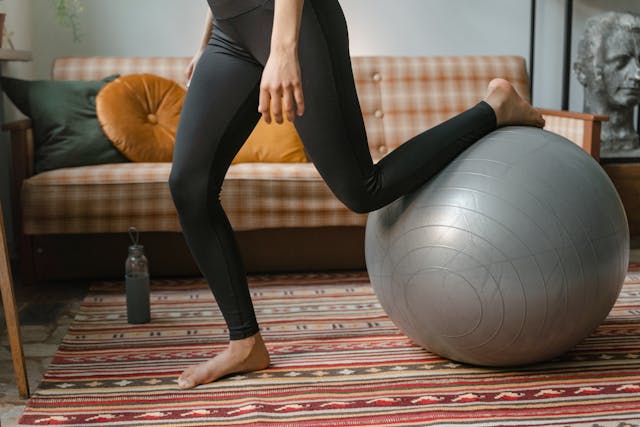Researchers at the University of California San Diego have presented promising results from evaluating “Strong Foundations,” a digital fall prevention program targeting older adults. The study, detailed in JMIR-Aging, accentuates the initiative’s effectiveness in bolstering posture, balance, and strength—critical factors in minimizing the risk of falls. Ryan Moran, M.D., M.P.H., an associate clinical professor at UC San Diego School of Medicine, remarked on the study, emphasizing the significant potential of accessible, online exercise programs to improve older adults’ physical functions substantially.
Dr. Moran highlighted the advantages of delivering exercise interventions online, noting that this approach can overcome common barriers such as transportation difficulties and the reluctance to participate in traditional gym settings. He pointed out that this method allows for delivering expert guidance directly to those who need it most safely and conveniently. This is particularly vital as falls remain the leading cause of accidental death and disability related to mobility among older adults, with one in four individuals over the age of 65 experiencing a fall annually.
The geographic disparities in access to exercise facilities are particularly pronounced in rural areas, posing a significant challenge. “Strong Foundations” addresses this by providing a safe, structured exercise regimen that participants can follow from their homes. The program includes a once-weekly session lasting 60 minutes over 12 weeks, combining exercises focusing on postural alignment, balance, and strength training.
A unique feature of the program is its semi-individualized instruction delivered in real-time within a small group setting. This approach ensures that each participant receives attention tailored to correct their exercise form, enhancing the effectiveness of the training. The study adopted a quasi-experimental design and involved 92 participants aged 60 and older, stratified by their fall risk level using the Centers for Disease Control and Prevention’s Stopping Elderly Accidents, Deaths and Injuries (STEADI) questionnaire. The participants included 55 low-risk and 37 moderate-risk individuals.
The outcomes were impressive, with low- and moderate-risk groups showing significant improvements. For instance, posture enhancements were noted up to 36% in measures such as the Occiput to Wall Distance, which assesses the excessive outward curvature of the spine. Additionally, the participants’ physical strength, gauged by the Chair Stand test, showed marked improvements. Older adults at moderate fall risk experienced the most notable gains, particularly in posture and physical strength.
David Wing, M.S., senior clinical research supervisor at the Herbert Wertheim School of Public Health and Human Longevity Science, underlined the broader implications of these findings. He stressed the potential of employing technological interfaces to deliver fall prevention programs to older adults effectively. The research team proposes expanding this intervention to more demographically and economically diverse populations. Future studies should explore translating and culturally adapting the program materials to enhance accessibility and impact.
More information: David Wing et al, Building Strong Foundations: Nonrandomized Interventional Study of a Novel, Digitally Delivered Fall Prevention Program for Older Adults, JMIR Aging. DOI: 10.2196/68957
Journal information: JMIR Aging Provided by University of California – San Diego








